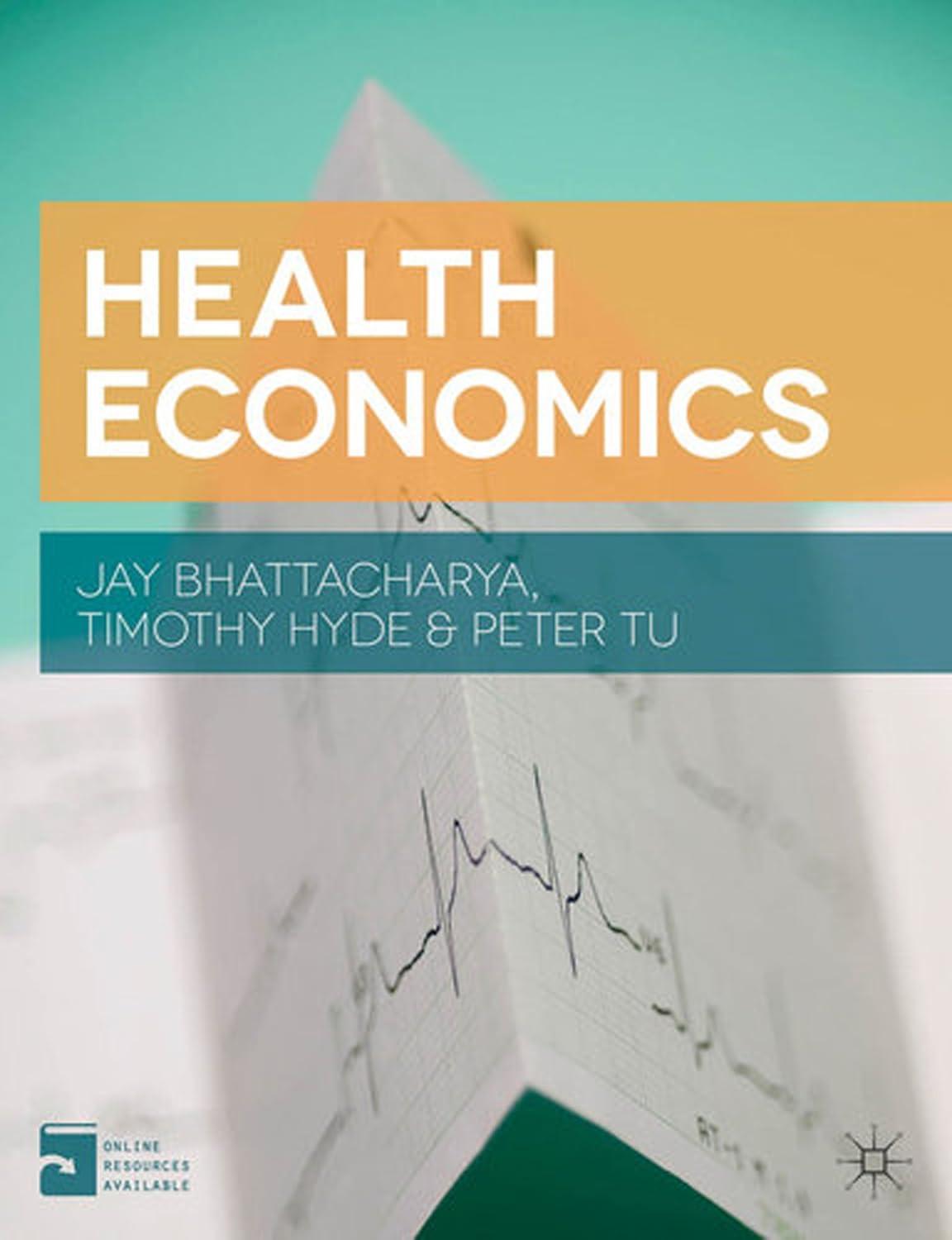Here is a selection from an abstract of a recent study entitled The effect of health insurance
Question:
Here is a selection from an abstract of a recent study entitled “The effect of health insurance coverage on the use of medical services” by Michael Anderson, Carlos Dobkin, and Tal Gross (2010). NBER Working paper No. 15823.
Substantial uncertainty exists regarding the causal effect of health insurance on the utilization of care. Most studies cannot determine whether the large differences in healthcare utilization between the insured and the uninsured are due to insurance status or to other unobserved differences between the two groups. In this paper, we exploit a sharp change in insurance coverage rates that results from young adults “aging out” of their parents insurance plans to estimate the effect of insurance coverage on the utilization of emergency department (ED) and inpatient services. [In the US, children are eligible for insurance coverage through their parents’ insurance only up to their 23rd birthday, at which point they lose eligibility.] Using the National Health Interview Survey (NHIS) and a census of emergency department records and hospital discharge records from seven states, we find that aging out results in an abrupt 5 to 8 percentage point reduction in the probability of having health insurance. We find that not having insurance leads to a 40 percent reduction in ED visits and a 61 percent reduction in inpatient hospital admissions.
a. What two groups are being compared in this study?
b. Identify at least one important methodological difference between the design of this study and the RAND HIE. Give a hypothetical reason why this difference would bias the results.
c. Are the findings of this study generally consistent with the findings from the Oregon Medicaid Experiment?
Step by Step Answer:






